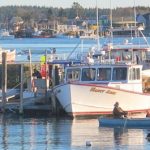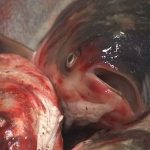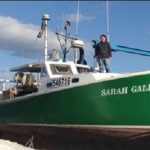Tag Archives: IPHC

Central Gulf of Alaska halibut catch limit cut
Halibut catch limits for 2020 have been trimmed overall by seven percent by the International Pacific Halibut Commission, with the Central Gulf of Alaska, Area 3A, allocated a harvest of 7.05 million pounds, down 12.53 percent from 8.06 million pounds in 2019. The largest area percentage cut was for Area CDE, the Bering Sea, where the quota was cut 15.20 percent, from 2.04 million pounds to 1.73 million pounds. Area 4A, in the Aleutians, likewise received a 14.55 percent cut, from 1.65 million pounds in 2019 to 1.41 million pounds for 2020. >click to read< 12:03

Complaints about ‘chalky’ halibut draw attention from international commission
After years of hearing concerns from fishermen about the prevalence of “chalky” Pacific halibut, the International Pacific Halibut Commission is planning to gather information for an investigation into it. Chalky halibut are fish that, when cut open, have a stiff, chalk-textured flesh as opposed to the normal pale and tender flesh. Chalky meat is not dangerous to humans but is not desirable and thus costs the fishermen at the dock. Dr. Josep Planas, who heads up biological research for the IPHC, noted plans to gather information about chalky halibut from stakeholders,, >click to read<16:07
International Pacific Halibut Commission weighs 2016 harvest recommendations
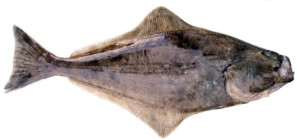 The interim meeting of the International Pacific Halibut Commission is our first look at the huge volume of data the collects that informs a big decision coming next January: How much halibut will be available for harvest from the coast of Oregon to the Bering Sea. For halibut users in Southeast Alaska, the number could be ticking up — maybe 8-percent, or by over 300,000 pounds. In Southcentral Alaska, though, the trend is the other direction — the commercial and sport fleets may see their harvests reduced by 7-percent, or three-quarters of a million pounds. Read the article here 14:05
The interim meeting of the International Pacific Halibut Commission is our first look at the huge volume of data the collects that informs a big decision coming next January: How much halibut will be available for harvest from the coast of Oregon to the Bering Sea. For halibut users in Southeast Alaska, the number could be ticking up — maybe 8-percent, or by over 300,000 pounds. In Southcentral Alaska, though, the trend is the other direction — the commercial and sport fleets may see their harvests reduced by 7-percent, or three-quarters of a million pounds. Read the article here 14:05
NOAA Seeks Letters of Public Support for International Pacific Halibut Commission (IPHC) Nominees
 NOAA Fisheries is seeking letters of public support for nominees (listed below) for two presidential appointments to serve as U.S. Commissioners to the International Pacific Halibut Commission. The IPHC is a bilateral regional fishery management organization established between Canada and the United States for the management of the Pacific halibut fishery. Terms expire for the current commissioners December 31, 2015. Commissioners are eligible for reappointment. Of the two appointees, one must be a resident of Alaska and the other shall be a nonresident of Alaska. Read the rest here 16:48
NOAA Fisheries is seeking letters of public support for nominees (listed below) for two presidential appointments to serve as U.S. Commissioners to the International Pacific Halibut Commission. The IPHC is a bilateral regional fishery management organization established between Canada and the United States for the management of the Pacific halibut fishery. Terms expire for the current commissioners December 31, 2015. Commissioners are eligible for reappointment. Of the two appointees, one must be a resident of Alaska and the other shall be a nonresident of Alaska. Read the rest here 16:48
Alaska groundfish sector gears up for access to resource battle with halibut
Letters in protest of potentially drastic halibut bycatch reductions for Bering Sea and Aleutian Islands (BSAI) as groundfish fleets are flowing to fisheries regulators as companies prepare to battle with the halibut sector for access to resource at the North Pacific Fishery Management Council (NPFMC) meeting in June. The battle will not be easy. They’re going up against an ailing 4CDE area , which has seen its quota cut by roughly 58% since 2011 as groundfish bycatch has increased to become the majority of the catch in that region. Read the rest here 17:35
OPINION: Halibut waste in the Bering Sea is deplorable – By Pete Wedin
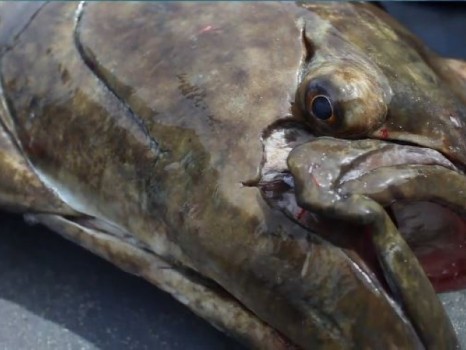 The Bering Sea directed halibut fishery is in a state of crisis. For the 2015 season, IPHC proposes reduction of the catch limits in Area 4CDE by a whopping 71 percent. How many of us could weather such a cut?In the mean time, trawl bycatch caps in the Bering Sea remain unchanged, and millions of pounds larger than the directed fishery quota. The truly sad thing about all of this is that more than 65 percent of the halibut bycatch in the Bering Sea is caused by trawlers targeting two species: yellowfin sole and rock sole. Read the rest here 09:18
The Bering Sea directed halibut fishery is in a state of crisis. For the 2015 season, IPHC proposes reduction of the catch limits in Area 4CDE by a whopping 71 percent. How many of us could weather such a cut?In the mean time, trawl bycatch caps in the Bering Sea remain unchanged, and millions of pounds larger than the directed fishery quota. The truly sad thing about all of this is that more than 65 percent of the halibut bycatch in the Bering Sea is caused by trawlers targeting two species: yellowfin sole and rock sole. Read the rest here 09:18


































